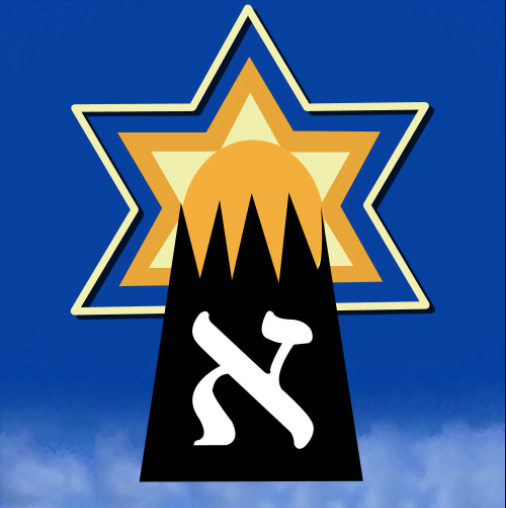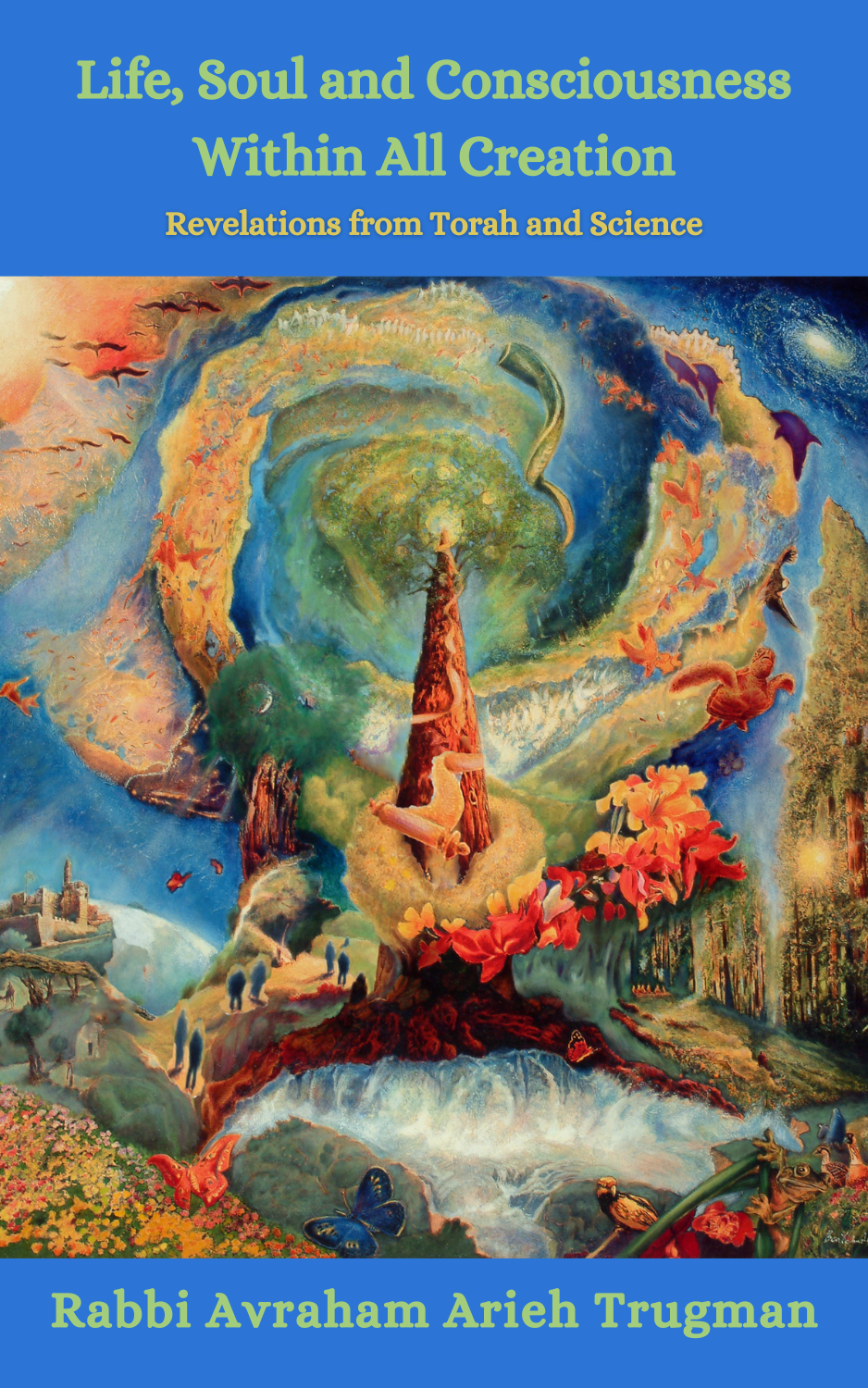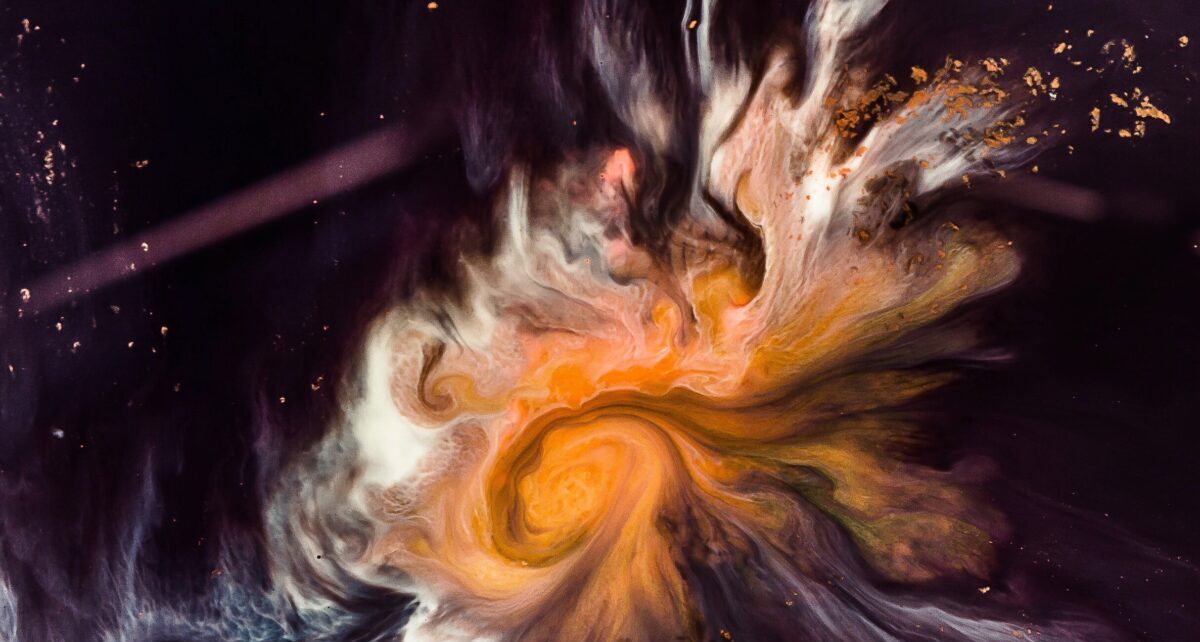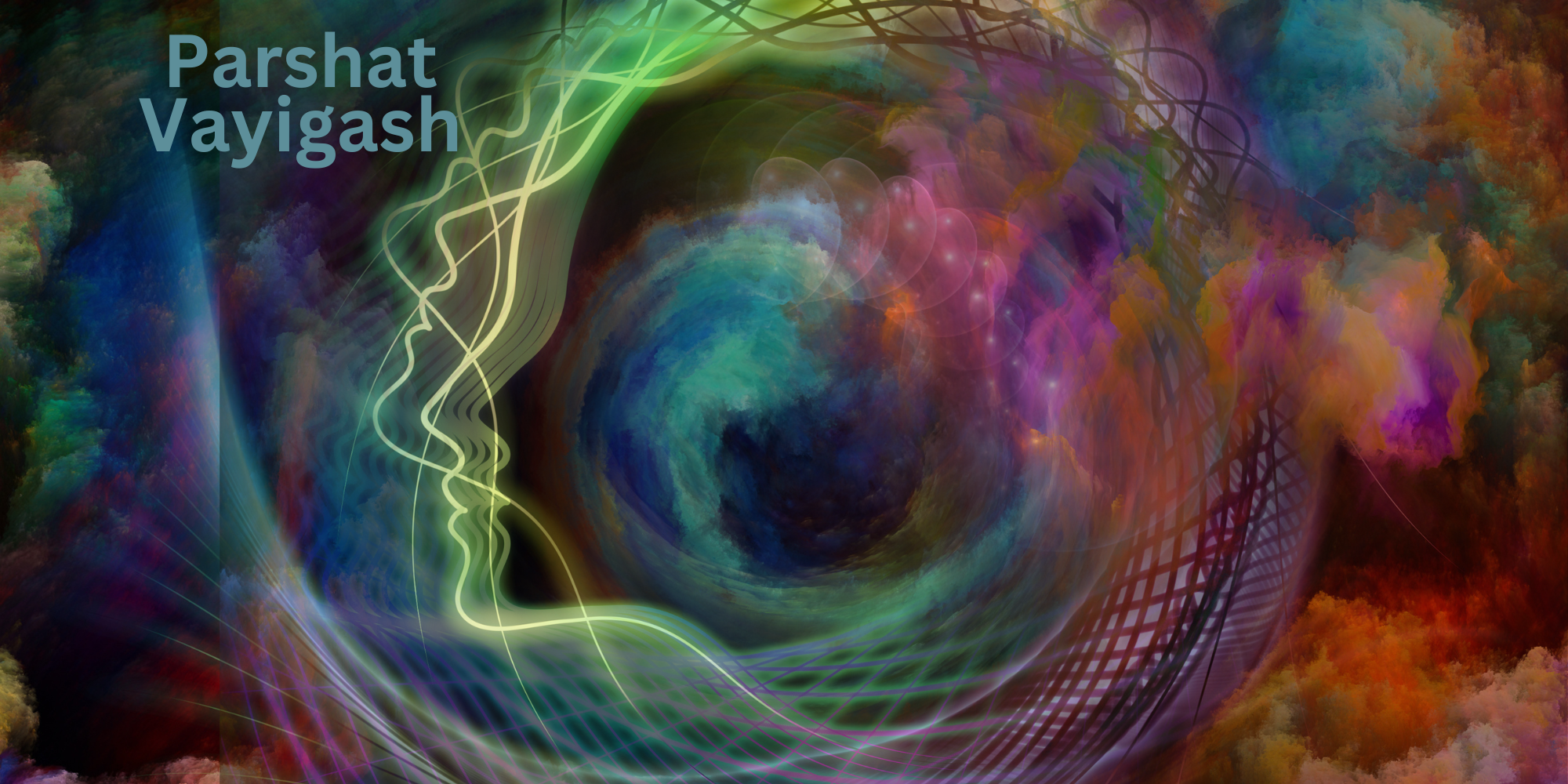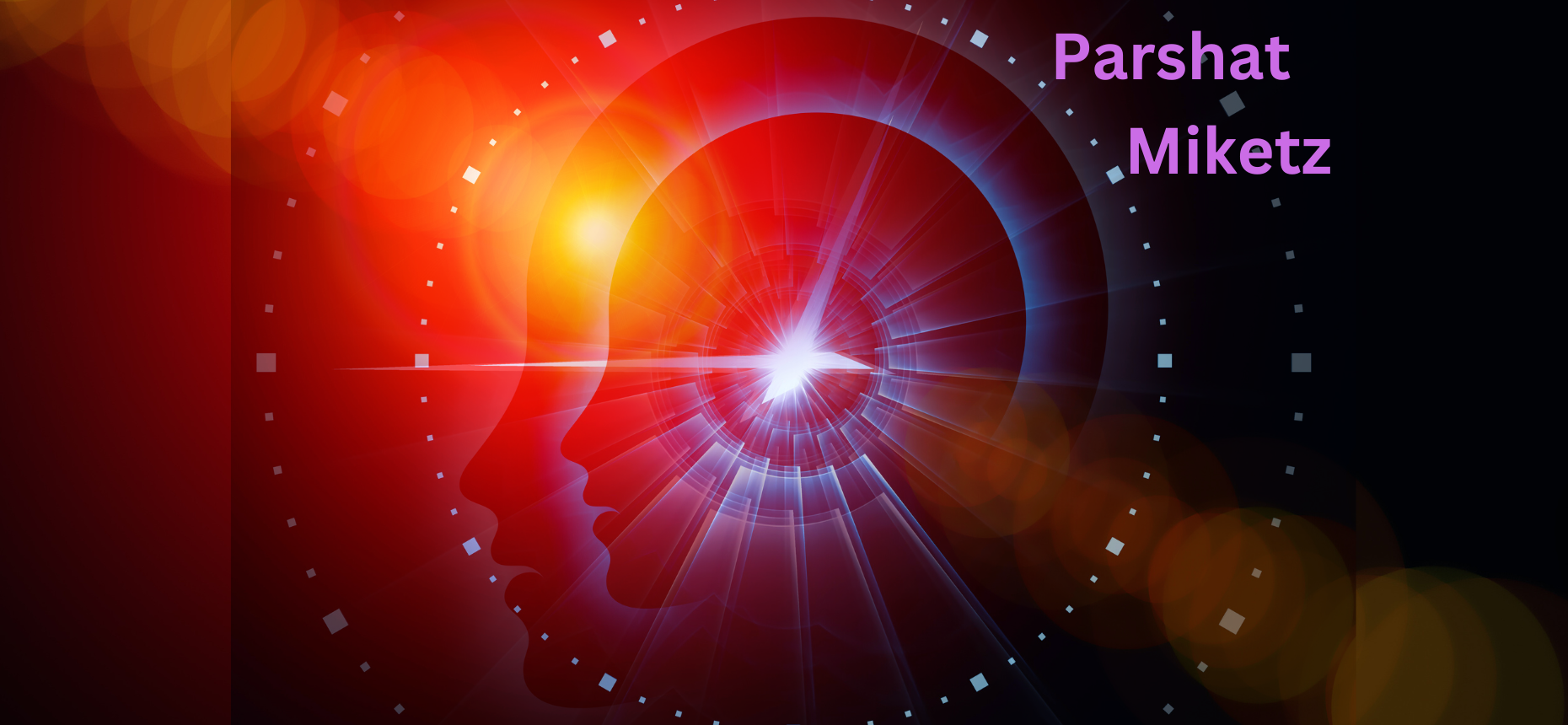“Every man by his banner, with the insignia of their father’s house shall the children of Israel camp; at a distance surrounding the Tent of Meeting they shall camp” (Numbers 2:2). This verse is part of the Torah’s description of how Israel camped on all four sides of the Tabernacle in the desert.
The Midrash teaches that the Jews envisioned the Shechinah descending onto Mount Sinai accompanied by legions of angels riding chariots, who surrounded the Shechinah on all four sides. Each band of angels had a heavenly banner radiating a unique hue. The vision was so remarkable and the peoples’ attraction to the flags so profound, they exclaimed, “If only we too were like the angels, situated around the Shechinah with banners.” God responded to their implied request by giving each tribe and each camp a special banner (Bamidbar Rabbah 2:2). The banners were made of silk and their colors corresponded to the tribes’ precious stones, which were affixed to the High Priest’s breastplate. The symbol on each banner showcased one of the specific tribe’s positive aspects, most of which were mentioned in Jacob’s blessing to his sons.
Yet what was it about the heavenly banners that aroused such deep spiritual feelings in the Jews? To answer this question, we need to understand what the flags symbolize to the heavenly host. Since angels have no free will their entire beings reflect their essential nature, the divinely appointed tasks they have been given to perform. The Sages teach that an angel can only have one task at a time. For instance, Rashi explains that three angels appeared to Abraham and Sarah shortly after Abraham’s circumcision because three specific tasks had to be accomplished: the announcement of Isaac’s birth, Abraham’s healing after his circumcision, and the destruction of Sodom and Gomorrah. Each of these angels was appointed to carry out one task. The Slonimer Rebbe explains that the heavenly flags were so attractive because they symbolized purpose and meaning, not purpose and meaning that are offhandedly accepted, but purpose and meaning that define the mission a person is completely at one with and completely given over to fulfilling. This type of purpose elicits pride – holy pride. It was this deep sense of mission and attachment to fulfilling a purpose that inspired the Jews who witnessed this vision of the angels with banners.
After the World War Two, Victor Frankel, a survivor of the Nazi death camps, wrote a highly influential book Man’s Search for Meaning describing how a sense of purpose in life often made the difference between those who held on to life against all odds and those who succumbed to the brutality and inhumane conditions the Nazis forced upon them. Although all animals are programmed for survival and pleasure, only human beings are programmed to search for a higher spiritual purpose in life.
Notably, these banners were revealed to the Jewish people at the Giving of the Torah – at the very moment when their mission as a people was revealed to them. The collective covenant the Jews entered into at Mount Sinai and the accompanying mission that would guide them remain unique in the annals of history. The vision of the banners and the Jewish people’s desire to also have flags represent humanity’s deepest desire to have a life of meaning and significance, as well as the Jewish people’s aspiration to fulfill their holy mission to be a light unto the nations, a nation of priests and a holy people.

